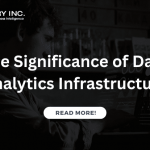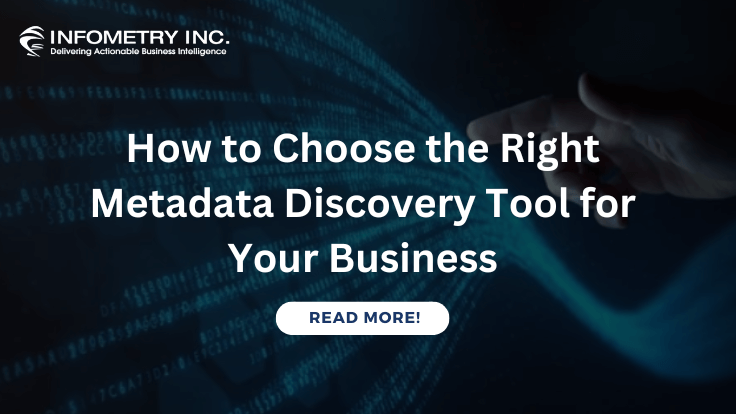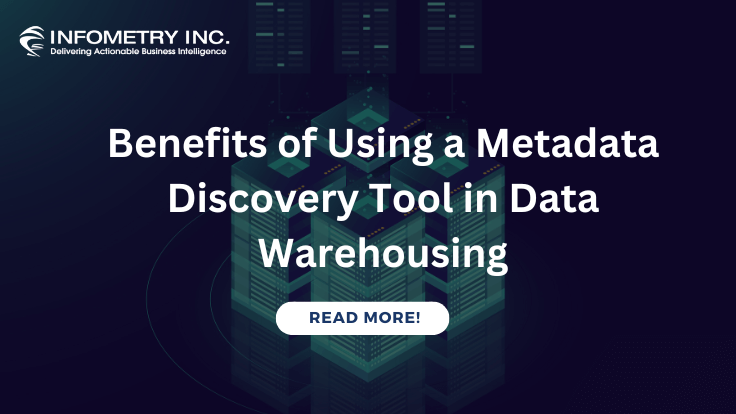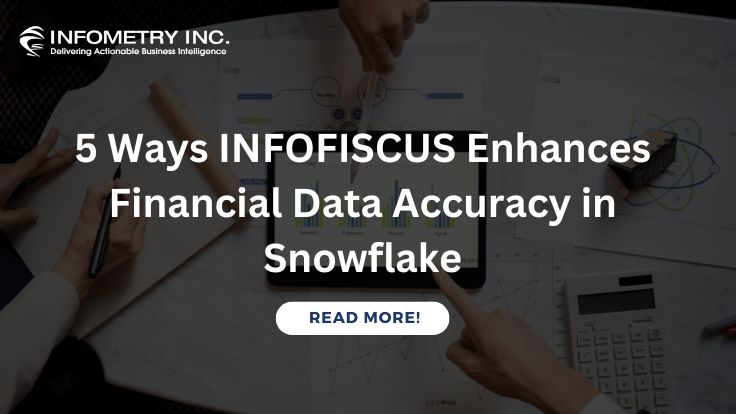
Deep Dive into Cloud Data Orchestration
May 2, 2024
The Significance of Data Analytics Infrastructure
May 16, 2024In the ever-evolving landscape of data analytics and visualization, choosing the right tool for your business needs is crucial. This blog aims to provide a comprehensive guide comparing three prominent players in the field: Qlik, Tableau, and Power BI. Additionally, we’ll delve into the role of Infometry, a rising star in data integration, to help you make an informed decision.
Feature Comparison – Qlik vs Tableau vs Power BI
| Feature | Qlik | Tableau | Power BI |
|---|---|---|---|
| Data Integration | Associative data model, advanced ETL capabilities. | Native connectors, seamless integration with various data sources. | Power Query for data transformation, extensive data connectors. |
| Visualization | Interactive dashboards, associative analytics. | Rich visualization options, a user-friendly interface. | Robust visualizations, and integration with other Microsoft tools. |
| Ease of Use | Intuitive drag-and-drop interface. | User-friendly interface, quick learning curve. | Familiar with Microsoft interface, and seamless integration. |
| Flexibility | Dynamic associative data model. | High flexibility in data modelling. | Integration with various Microsoft services, customizable. |
| Scalability | Scalable for large datasets, associative engine. | Scalable for enterprise-level usage. | Cloud-based scalability, and integration with Azure services. |
| Community Support | Active user community, Qlik Community. | Large and engaged Tableau Community. | Extensive Power BI community, Microsoft forums. |
| Pricing | The tiered pricing model can be expensive for larger deployments. | Flexible pricing options may become costly for large deployments. | Competitive pricing is cost-effective for Microsoft-centric environments. |
Infometry’s Role in the Data Ecosystem:
Infometry, a rising star in the data integration space, plays a crucial role in enhancing the capabilities of these analytics tools. By providing robust data integration solutions, Infometry ensures seamless data flow across various platforms, enabling organizations to harness the full potential of their data.
Infometry’s Key Features:
Unified Data Integration: Infometry offers a unified platform for data integration, allowing organizations to connect, transform, and manage data from diverse sources seamlessly.
Automated Data Governance: With built-in data quality and governance features, Infometry ensures that the data flowing into analytics tools is accurate, reliable, and compliant with regulatory standards.
Scalability: Infometry’s solutions are designed to scale with the growing demands of businesses, making it an ideal partner for organizations of all sizes.
Compatibility: Infometry integrates seamlessly with Qlik, Tableau, and Power BI, providing a bridge between data sources and analytics platforms.
Choosing the Right Tool:
Factors to Consider:
Data Complexity: Consider the complexity of your data and the ease with which each tool handles it.
User Experience: Evaluate the user interface and user experience to ensure your team can easily adapt to the chosen tool.
Integration Capabilities: Assess the integration capabilities of each tool, considering your existing infrastructure and future scalability needs.
Community Support: A strong user community can be invaluable for troubleshooting and knowledge-sharing.
Cost Considerations: Compare the pricing models of each tool, factoring in scalability and long-term costs.
Conclusion:
In conclusion, the choice between Qlik, Tableau, and Power BI depends on your specific business requirements. Infometry’s role in data integration adds an extra layer of efficiency and reliability to these tools, making it a valuable consideration in your decision-making process. Ultimately, a thoughtful evaluation based on your organization’s needs will lead to the selection of the most suitable tool for your data analytics journey.




